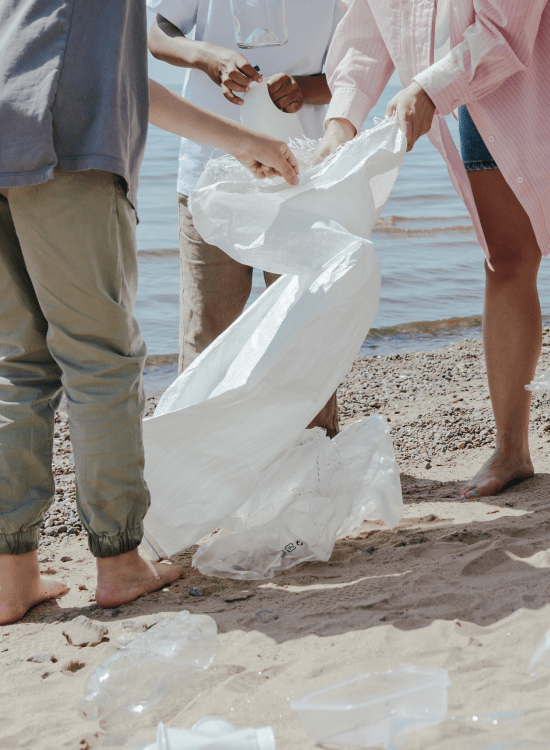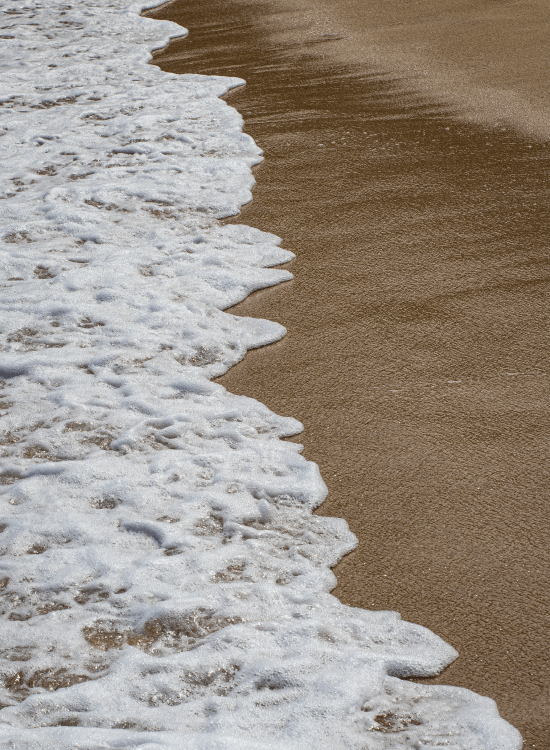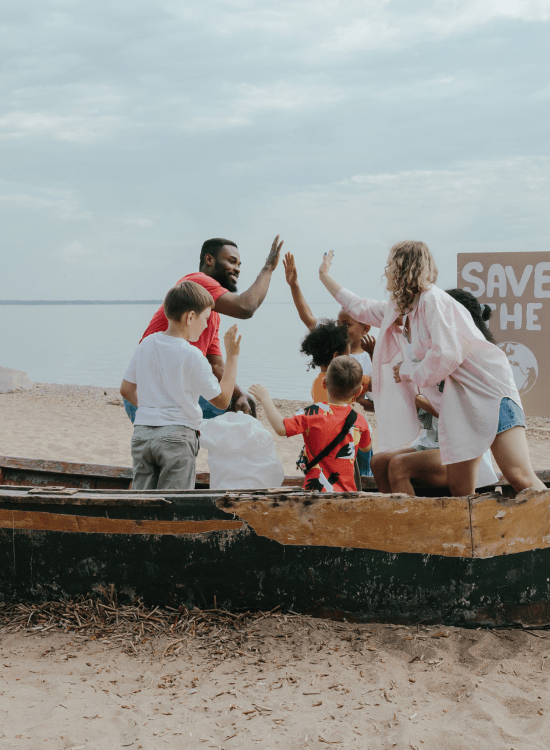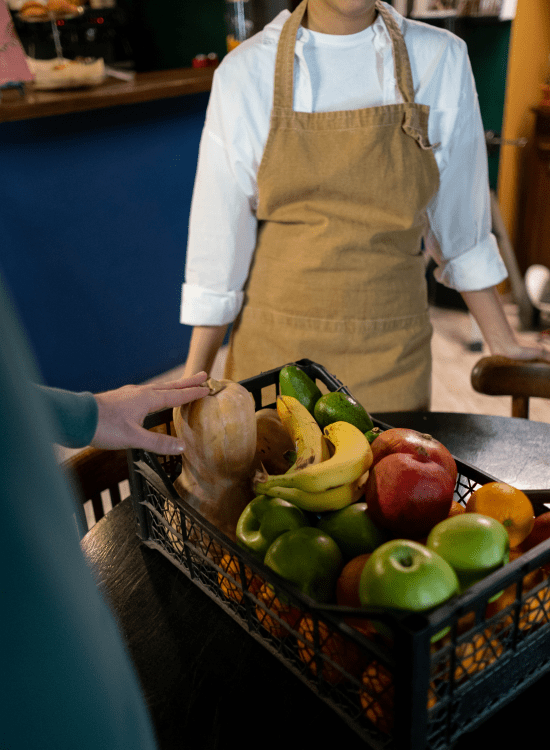Imagine a July without Plastics…
Maria Abajo
Plastic islands. There are 5 of them, one in the Indian Ocean, 2 in the Atlantic Ocean and two in the Pacific Ocean. And that’s just what floats. We must also count what sinks, since plastics have been found more than 10 thousand meters deep.
It is estimated that plastics currently represent between 60% and 80% of marine litter. If we talk about seas, we do not know exactly how much plastic is in them.

Where does the problem lie?
One of the most influential factors is that 50% of all the plastics we use are disposable. To give you an idea, its useful life is fulfilled in less than 5 minutes for the most part.
This is the example of beverages packaged in plastic formats. More than 500 billion single-use plastic bottles are made. Every minute a million plastic bottles are bought, most of which are used only once.
And if you want to take a picture… this means that every minute the equivalent of a truckload of plastic reaches the water.
No matter where you live, we all add our bit of plastic to the ocean. The plastic arrives through drains and rivers. Thus, we see plastics on the beach that are often waste that has been generated in cities. Everything leads to the sea. It may be far away geographically, but THE SEA STARTS HERE: A sewer.

But why do we like plastic so much?
Plastic is an elastic, highly durable, waterproof product that is given a lot of shapes and uses. It is a chemical structure, composed of monomers having carbon, hydrogen, oxygen, and sulfur.
It is obtained from oil to which fiberglass, paper or textile fiber, additives, etc. are added, which provides the properties that are needed for each application of use that is given to the final product.
It contains bisphenols and phthalates, which are endocrine disruptors, that is, chemical substances that have the ability to pass themselves off as hormones, so they are disruptors of hormonal or metabolic processes, overstimulating or inhibiting hormonal processes.
In our society, plastic came to provide a solution. The problem is not the plastic itself, but the way we use it. Throughout a week we consume around a plastic credit card. Plastic garbage is a design error since in nature there is no concept of garbage.
Its main feature is durability, it was invented for that. And we, immersed in the consumer society, use it as a disposable material.
Our habits make a difference and changing them is the key.
When we discard packaging, bottles, etc. This residue has three possible destinations: a landfill, a landfill or the environment in general. And then it degrades? No, it turns into microplastics: in the air, in the water, in the food. It is from there that the human being and other species consume it. And the risks that it can cause? Kill species of flora and fauna. A clear example is fish: more than 90% of marine species have microplastic particles in their organisms. Our body is not prepared to process plastics.
But… isn’t plastic recycled in cities?
Only 9% is recycled and 11% is incinerated, polluting the air we breathe. It could be said that recycling is too small for us. Also, just because something is recyclable doesn’t mean it will be recycled. At our rate of consumption and generation of waste, recycling is not enough. Recycling is rather the last option.
I propose a reflection then… Who does the garbage belong to, once we take the bag out of the container? The answer is that it should be everyone’s responsibility. And this is closely related to education.

Having ruled out recycling, I invite you to think about it from another point of view, from the beginning of the chain… Think about how we can generate less. Reducing consumption is reducing the problem.
Here we introduce the concept of circular economy, whose objective is reuse before recycling, reimagining and redesigning the product to avoid generating waste at the end of the chain.
Now, the great social changes have to include the three roles that make up our community: civil society, government and business. The efforts of the three coordinated sectors are necessary to generate forceful changes.
However, individual changes count and the first step is awareness. The more we do, the more we care, the more we get involved and the more we spread.
Some habit changes you could make…

- Use stainless steel or glass bottles instead of plastic bottles
- Replace plastic straws with metal ones or simply drink directly from the glass or bottle
- Go shopping with reusable bags
- Avoid buying products wrapped in plastic and choose products that are packaged with cardboard or glass
- Eliminate gum. Many of the chewing gums we consume today contain plastic.
- Avoid disposable products
- Use wooden or stainless steel cookware
- Change the plastic clothespins with which you hang clothes for wooden ones.
- Replace your baby’s diapers. A baby diaper can take up to 400 years to break down, so it’s essential to replace it with a cloth diaper that you can wash and reuse multiple times.
- Use matches and not lighters.
- Make your own fruit juices.
- Change the way you store food. Instead of plastic containers, choose glass ones. In addition, avoid the use of transparent film.
- Use natural cleaning products. There are natural products such as vinegar or baking soda that are excellent cleaners and that will help you save money and avoid buying so many products in plastic bottles.
- Join the DIY (Do it Yourself – do it yourself). You can make your own soap or cream for example.
- If you are a woman, avoid tampons and pads. They are pollutants and end up in the sea, so they can be replaced, for example, with a menstrual cup.
- Avoid disposable razors. Use electric or other reusable razors.
Also, let’s not forget that the lawsuit has the power of the vote. Let us be aware of this and inform ourselves of which companies we are consuming. I recommend you buy in local shops and fairs. They tend to be the ones that abuse plastic the least.
Today work is being done on each company taking care of its own waste… It’s a start, although as I said before, all three sectors are needed to make a difference… Do you want to do your part? Get informed, look for options, replacements, see what you could do later with the plastic if the reduction has not been possible…
We must create a lifestyle less dependent on plastic, we think, design and build together.
